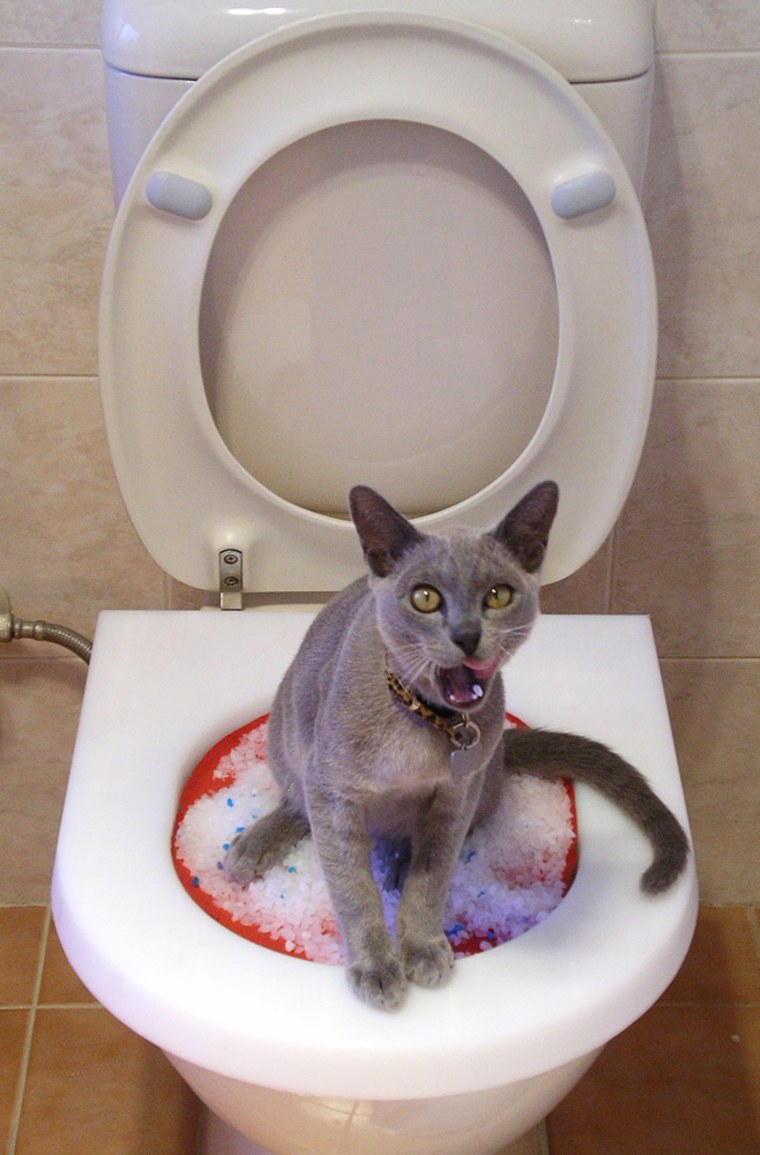Almost everyone has their private rationale involving Can You Flush Cat Poo or Litter Down the Toilet?.

Introduction
As pet cat owners, it's necessary to be mindful of exactly how we deal with our feline close friends' waste. While it may seem convenient to flush feline poop down the toilet, this practice can have harmful effects for both the setting and human health.
Alternatives to Flushing
Fortunately, there are more secure and more responsible ways to get rid of pet cat poop. Consider the complying with alternatives:
1. Scoop and Dispose in Trash
The most usual technique of dealing with cat poop is to scoop it right into an eco-friendly bag and throw it in the trash. Make sure to make use of a devoted clutter scoop and get rid of the waste without delay.
2. Use Biodegradable Litter
Choose naturally degradable pet cat litter made from products such as corn or wheat. These trashes are eco-friendly and can be safely thrown away in the garbage.
3. Hide in the Yard
If you have a yard, consider burying feline waste in an assigned location away from vegetable yards and water sources. Be sure to dig deep enough to avoid contamination of groundwater.
4. Mount a Pet Waste Disposal System
Invest in a pet dog garbage disposal system especially created for feline waste. These systems utilize enzymes to break down the waste, lowering odor and environmental influence.
Health and wellness Risks
In addition to ecological worries, flushing pet cat waste can additionally pose wellness risks to people. Cat feces might have Toxoplasma gondii, a parasite that can create toxoplasmosis-- a potentially serious ailment, particularly for pregnant women and individuals with weakened body immune systems.
Ecological Impact
Purging cat poop introduces damaging microorganisms and parasites into the water, posturing a significant risk to water ecological communities. These impurities can negatively impact marine life and concession water top quality.
Conclusion
Responsible family pet ownership extends beyond offering food and sanctuary-- it likewise entails proper waste management. By avoiding flushing feline poop down the commode and going with alternative disposal techniques, we can decrease our ecological impact and secure human health.
Why Can’t I Flush Cat Poop?
It Spreads a Parasite
Cats are frequently infected with a parasite called toxoplasma gondii. The parasite causes an infection called toxoplasmosis. It is usually harmless to cats. The parasite only uses cat poop as a host for its eggs. Otherwise, the cat’s immune system usually keeps the infection at low enough levels to maintain its own health. But it does not stop the develop of eggs. These eggs are tiny and surprisingly tough. They may survive for a year before they begin to grow. But that’s the problem.
Our wastewater system is not designed to deal with toxoplasmosis eggs. Instead, most eggs will flush from your toilet into sewers and wastewater management plants. After the sewage is treated for many other harmful things in it, it is typically released into local rivers, lakes, or oceans. Here, the toxoplasmosis eggs can find new hosts, including starfish, crabs, otters, and many other wildlife. For many, this is a significant risk to their health. Toxoplasmosis can also end up infecting water sources that are important for agriculture, which means our deer, pigs, and sheep can get infected too.
Is There Risk to Humans?
There can be a risk to human life from flushing cat poop down the toilet. If you do so, the parasites from your cat’s poop can end up in shellfish, game animals, or livestock. If this meat is then served raw or undercooked, the people who eat it can get sick.
In fact, according to the CDC, 40 million people in the United States are infected with toxoplasma gondii. They get it from exposure to infected seafood, or from some kind of cat poop contamination, like drinking from a stream that is contaminated or touching anything that has come into contact with cat poop. That includes just cleaning a cat litter box.
Most people who get infected with these parasites will not develop any symptoms. However, for pregnant women or for those with compromised immune systems, the parasite can cause severe health problems.
How to Handle Cat Poop
The best way to handle cat poop is actually to clean the box more often. The eggs that the parasite sheds will not become active until one to five days after the cat poops. That means that if you clean daily, you’re much less likely to come into direct contact with infectious eggs.
That said, always dispose of cat poop in the garbage and not down the toilet. Wash your hands before and after you clean the litter box, and bring the bag of poop right outside to your garbage bins.
https://trenchlesssolutionsusa.com/why-cant-i-flush-cat-poop/

Hopefully you liked our topic on How to Dispose of Cat Poop and Litter Without Plastic Bags. Thanks so much for finding the time to read through our piece. Sharing is caring. You just don't know, you might be doing someone a favor. Thanks a lot for taking the time to read it.
Set An Appointment